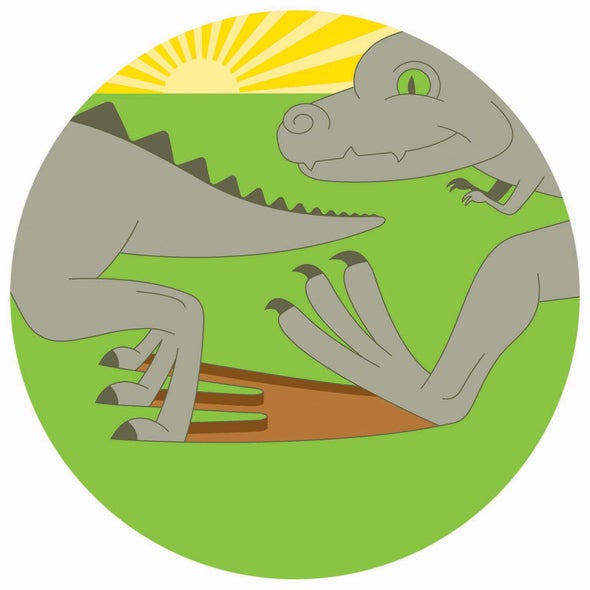Fossil trackways may show tyrannosaur tykes teaming up
Thank you for reading this post, don't forget to subscribe!
Existing knowledge about tyrannosaur behavior comes mostly from fossilized bitten bones and a few scarce tracks. Injured skulls show that tyrannosaurs fought by biting one another on the face, and trackways found in British Columbia indicate that adults sometimes socialized together. “Tyrannosaurs weren’t just chompy, killing macho machines,” says fossil track expert Lisa Buckley, who was not involved in the new study. The newfound tracks hint that hatchlings formed groups after leaving the nest, similar to some herbivorous dinosaurs—as well as living crocodiles and large ground birds.
Buckley says it’s possible the tracks came from a different carnivore type, but either way the discovery adds to what is known of dinosaur lives. “No matter which theropod group was responsible,” she says, “the footprints in this paper are fascinating because they show evidence of group behavior.”
This article was originally published with the title “Dino Buddies” in Scientific American 327, 6, 17 (December 2022)
doi:10.1038/scientificamerican1222-17

